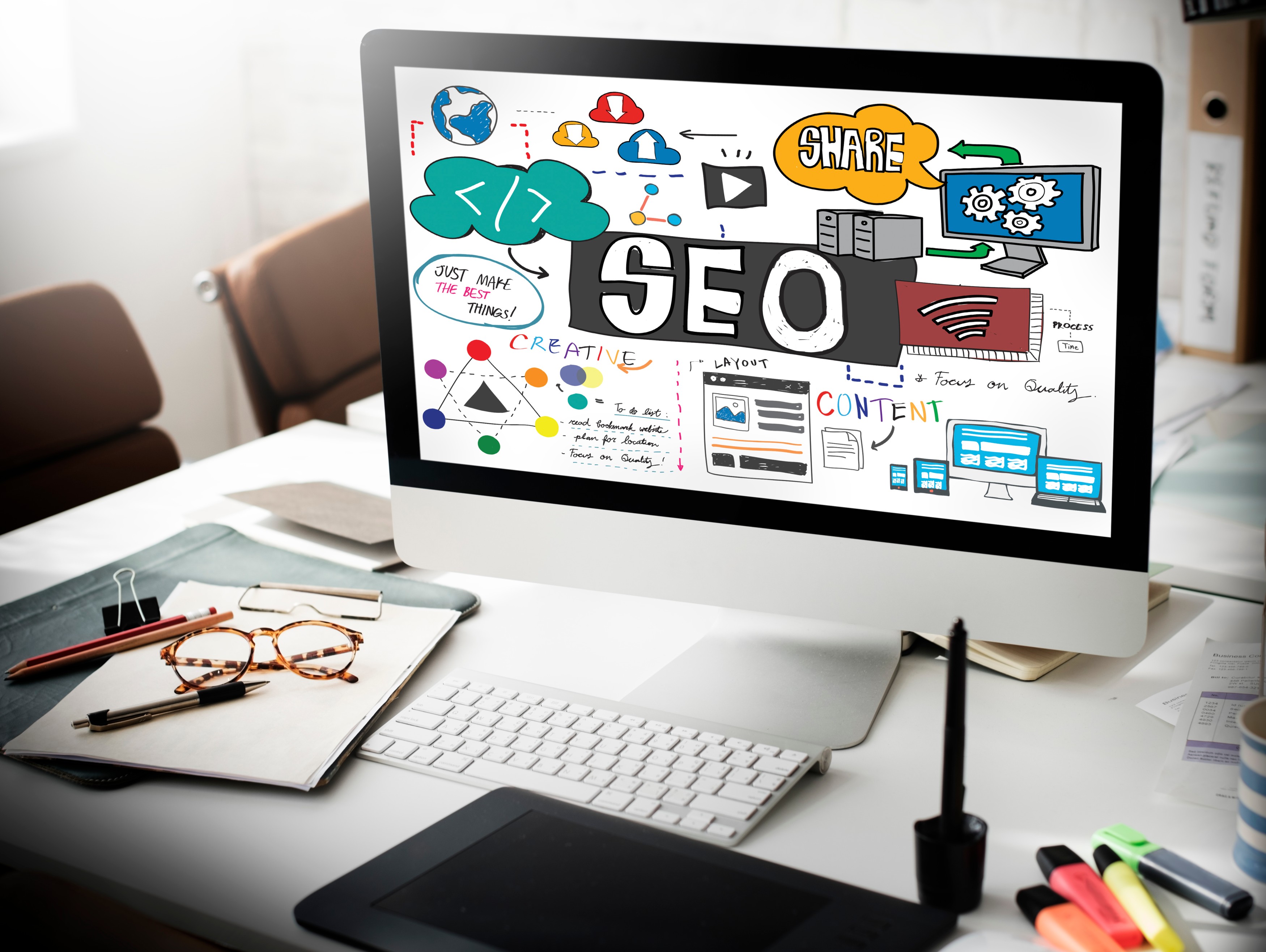Optimizing Site Speed: A Crucial E-commerce SEO Practice for Better Rankings

In the highly competitive online marketplace, site speed is more than just a technical metric—it’s a vital element of user experience and a key E-commerce SEO Practice. As search engines like Google prioritize fast-loading websites, optimizing your site speed has a direct impact on your rankings, bounce rates, and conversion rates.
Why Site Speed Matters in E-commerce SEO Practice
Fast websites offer better user experiences, and that experience influences how long users stay, what they interact with, and whether they complete a purchase. A delay of even one second can reduce conversions significantly. Google considers page speed a ranking factor, which makes it an essential part of any E-commerce SEO Practice.
A slow e-commerce website increases bounce rates and lowers customer satisfaction. More importantly, it sends a signal to search engines that your site may not provide the best experience, pushing your rankings lower.
Key Benefits of Optimizing Site Speed
Improved Search Engine Rankings: Search engines reward websites that load quickly by ranking them higher in search results.
Lower Bounce Rates: Fast-loading pages keep users engaged and reduce the chances of them leaving before the page fully loads.
Higher Conversion Rates: Better performance leads to smoother shopping experiences and increased sales.
Mobile Optimization: With most users browsing on mobile devices, speed becomes even more critical for e-commerce success.
How to Measure Site Speed
Before you begin optimizing, assess your current speed using reliable tools:
Google PageSpeed Insights
GTmetrix
Pingdom Tools
WebPageTest
These tools provide a performance score and detailed insights into which elements of your site are slowing it down.
Best Practices to Optimize E-commerce Site Speed
1. Use a Lightweight and Optimized Theme
Choose a fast-loading theme optimized for performance. Avoid feature-heavy themes with unnecessary plugins or visual elements.
2. Compress and Optimize Images
Images are often the largest assets on an e-commerce site. Use next-gen formats like WebP and compress images using tools such as TinyPNG or ShortPixel to reduce file sizes without sacrificing quality.
3. Enable Browser Caching
Browser caching stores elements of your site locally so users don’t need to reload everything each time they visit. This reduces load time, especially for repeat visitors.
4. Minify HTML, CSS, and JavaScript
Removing unnecessary characters, spaces, and code from your HTML, CSS, and JavaScript files can significantly improve loading time. Tools like UglifyJS or Autoptimize can automate this process.
5. Implement Lazy Loading
Lazy loading defers the loading of non-essential images and content until the user scrolls to them. This speeds up the initial page load, especially on image-heavy product pages.
6. Use a Content Delivery Network (CDN)
A CDN like Cloudflare or BunnyCDN distributes your website’s content across multiple servers worldwide, ensuring faster delivery to users based on their location.
7. Upgrade Hosting
Reliable and fast hosting is a foundation of any effective E-commerce SEO Practice. Choose a hosting plan optimized for e-commerce platforms like WooCommerce or Shopify and ensure it can handle high traffic loads without crashing.
8. Reduce Redirects
Too many redirects can slow down your site. Keep them to a minimum and make sure they're necessary and functional.
9. Optimize Mobile Performance
Mobile optimization is crucial for e-commerce. Use responsive design, optimize mobile layouts, and ensure clickable elements are easy to interact with.
10. Regularly Test and Monitor Performance
SEO is not a one-time task. Continuous monitoring allows you to identify performance bottlenecks early and take immediate corrective actions.
Site Speed and Core Web Vitals
Google’s Core Web Vitals are performance metrics that directly affect search rankings. They focus on:
Largest Contentful Paint (LCP): Measures loading performance
First Input Delay (FID): Measures interactivity
Cumulative Layout Shift (CLS): Measures visual stability
Improving these metrics should be a primary goal of your E-commerce SEO Practice to stay compliant with Google’s ranking requirements.
Conclusion
Incorporating site speed optimization into your E-commerce SEO Practice is non-negotiable in 2025 and beyond. A faster site not only ranks better on search engines but also delivers a superior user experience, leading to increased conversions and customer loyalty. By regularly monitoring speed and implementing performance best practices, your e-commerce site can achieve both technical excellence and business growth.
Note: IndiBlogHub features both user-submitted and editorial content. We do not verify third-party contributions. Read our Disclaimer and Privacy Policyfor details.







